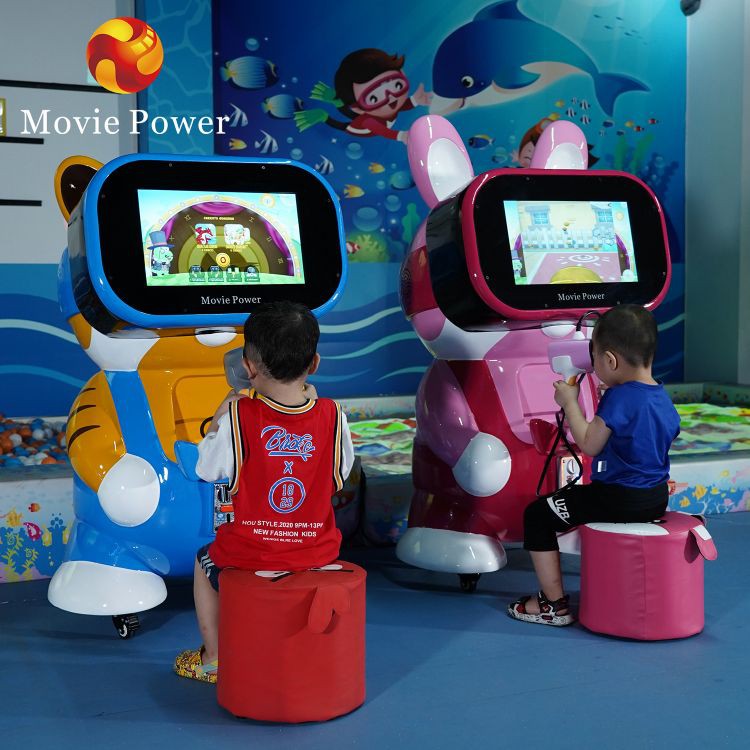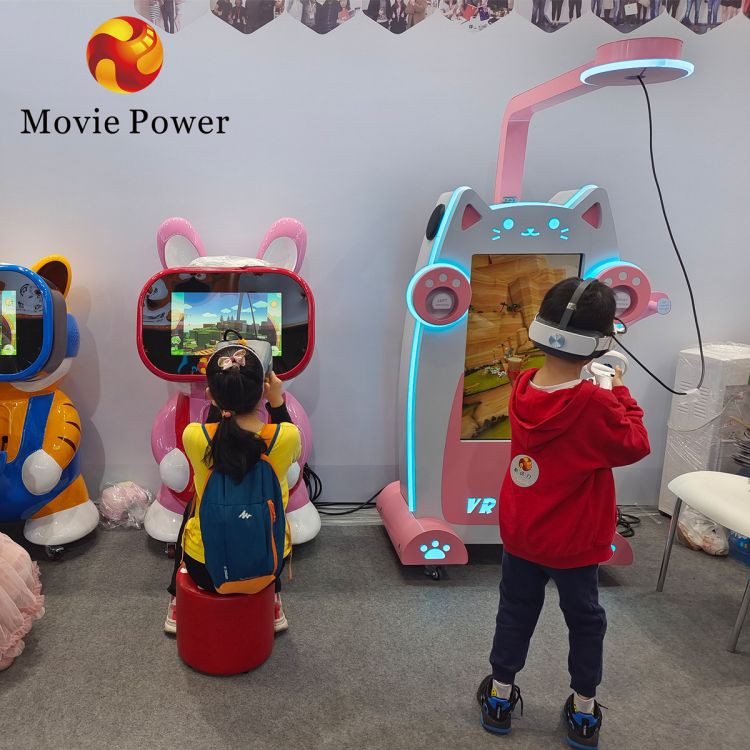

Is virtual reality safe for children and teenagers?
In the field of 21st century technology, virtual reality (VR) has pushed the boundaries of innovation and had a fascinating impact on consumer electronics. Its growing popularity among younger populations raises an important question: Is virtual reality safe for children and teenagers?
Definition of virtual reality technology

Virtual reality technology is having a major impact in various fields, including education. It creates an experience that transports users into an analog world, changing the way people interact with digital content. Today, virtual reality educational services are increasingly used to create innovative and immersive educational environments as well as indoor playgrounds for children.
Virtual Reality Definition
Virtual reality is best understood as a three-dimensional, computer-generated environment that users can interactively explore using a special computer interface. Typically, users wear headsets equipped with sensors that track the user's movements and adjust the user's perspective accordingly. To provide the best experience, some systems are also equipped with handheld devices that enable users to interact with the virtual environment.
Types Of Virtual Reality Applications
Virtual reality has a variety of applications, including:
The importance of using virtual reality with children and teenagers
Benefits Of Virtual Reality

Virtual reality offers many benefits to children and teenagers, especially in the areas of gaming, entertainment and education. For example, virtual reality games stimulate cognitive development and coordination in children.
Additionally, technological advancements like the VR Egg Chair further enhance the VR experience, giving teens the excitement and fun of racing games, city exploration, and even roller coasters.
For students
Using VR for educational purposes has revolutionized the learning experience for students in numerous ways:
For Educational Institutions
VR technology presents significant benefits for educational institutions as well:
For Society
While the introduction of VR into society has been slow, it is gaining acceptance due to the following benefits:
Physical Health Concerns
Physical health concerns stemming from prolonged VR usage among kids and teenagers encompass a range of issues. Such as:
Prolonged use of VR may cause myopia or vision loss.
Performing repetitive motions in a limited real-world space can lead to injuries, while a sense of disorientation or imbalance caused by using virtual reality can lead to falls.
A long-term sedentary lifestyle can lead to obesity and decreased overall health.
Psychological Effects
Prolonged use of virtual reality may lead to addiction and disrupt normal daily activities and learning patterns.
The immersive nature of virtual reality can distort users’ perceptions of reality and time, potentially causing confusion and anxiety.
There are issues with VR content that contains violence or is inappropriate for age groups, potentially having a negative impact on impressionable users, shaping their opinions and attitudes.
Social Influence
Because virtual experiences are primarily solitary, prolonged use can lead to social isolation.
VR may affect interpersonal communication skills, and users may prefer virtual interactions over face-to-face social activities.
Additionally, there may be a risk of inappropriate social interactions or bullying in virtual communities, requiring appropriate supervision and intervention.
How to make virtual reality safe for kids and teens

Ensuring the safe and responsible use of virtual reality technology is important for children and young people. By implementing safety measures, young users can be provided with a healthy and enjoyable VR experience.
Parental supervision and control
Health And Safety Tips
Recommended Vr Content For Different Age Groups
These guidelines don’t necessarily cover all potential risks, but they can certainly go a long way in ensuring a safer VR experience.
Conclusion
Virtual reality technology has huge potential to transform the digital world for future generations. However, the use of virtual reality technology by children and adolescents needs to be handled carefully, balancing the benefits and potential risks. With proper management and safety measures in place, virtual reality can be a tool that promotes development rather than harm. A balanced approach ensures the technology delivers a growing, stimulating and positive experience for young audiences.
Iphone: +86-18027386365
Email: sales@movie-power.com
Address:No. 42-1 Shixin Road, Panyu District Guangzhou, China.
Whatsapp: 008618027386365
Previous: No Information
Next: VR Walking Platforms: Unlocking an Immersive Digital Reality Experience